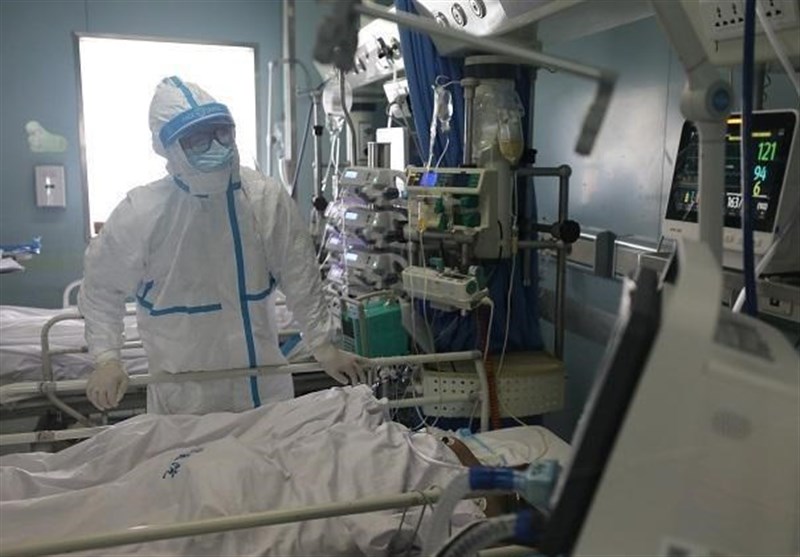What you need to know about the coronavirus right now

Back on the road
The U.S. auto industry is slowly returning to life with assembly plants scheduled to reopen on Monday and suppliers gearing up in support as the sector that employs nearly 1 million people seeks to recover from the coronavirus pandemic.
General Motors Co, Ford Motor Co and Fiat Chrysler Automobiles NV (FCA) all have been preparing for weeks to reopen their North American factories in a push to restart work in an industry that accounts for about 6% of U.S. economic activity.
The reopening will be a closely watched test of whether workers across a range of industries can return to factories in large numbers without a resurgence of infections.
Hitting new lows
Japan’s economy became the world’s largest to slip into recession after the pandemic, first-quarter data showed on Monday, putting the nation on course for what could be its deepest post-war slump.
The GDP numbers underlined the broadening impact of the outbreak, with exports plunging the most since the devastating March 2011 earthquake as global lockdowns and supply chain disruptions hit shipments of Japanese goods.
But analysts warn of an even bleaker picture for the current quarter as consumption crumbled after the government in April requested citizens to stay home and businesses to close.
China on alert for new wave
While much of the rest of the world is experimenting with easing restrictions, one Chinese province is back in a partial lockdown after a spate of infections.
Jilin in the northeast reported two more confirmed cases over the weekend to take its total number of new infections to 33 since the first case of the current wave was reported on May 7. Separately, the financial hub of Shanghai reported one new locally transmitted case for May 17, its first since late March.
Pop-up carparks
Australia’s most populous state New South Wales encouraged its residents to avoid peak-hour public transport as it began its first full week of loosened lockdown measures, which saw people heading back to offices.
To help with maintaining social distancing, extra bicycle lanes and pop-up car parking lots will be made available, officials said.
“We normally encourage people to catch public transport but given the constraints in the peak…, we want people to consider different ways to get to work,” state premier Gladys Berejiklian told reporters in Sydney.
Furloughs no cure-all
Temporary unemployment schemes have spread far wider and faster than during the 2008-2009 global financial crisis, but are not likely to save jobs in sectors which face a tougher recovery post-pandemic, such as leisure and tourism.
These schemes, which typically provide at least 80% of pay for workers for whom there is no work now, mean companies do not face firing and potential re-hiring costs. Workers are more inclined to keep spending and so help prop up the economy.
“If it’s more than a year, you need other solutions and will need other policies like retraining,” said Gregory Claeys, senior fellow at economic think-tank Bruegel. “It’s good in a lockdown, but if there is more social change, you need alternatives.” Reuters

